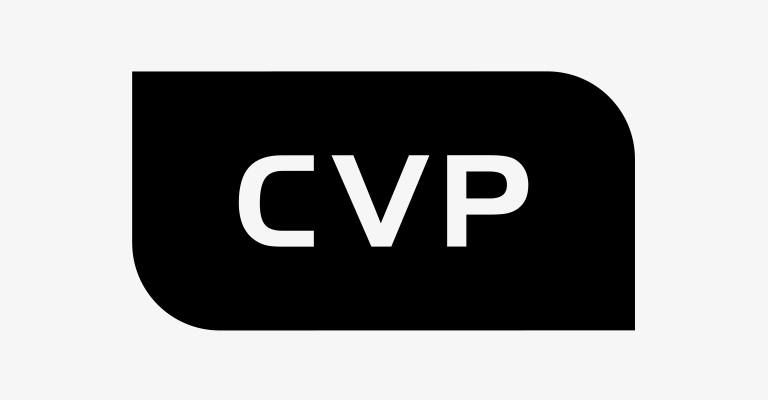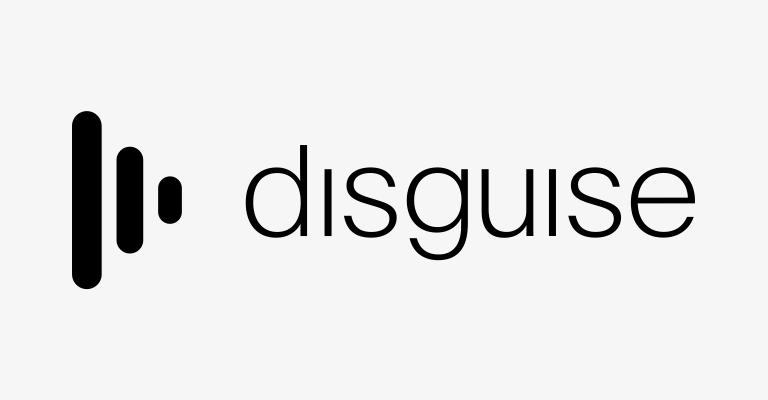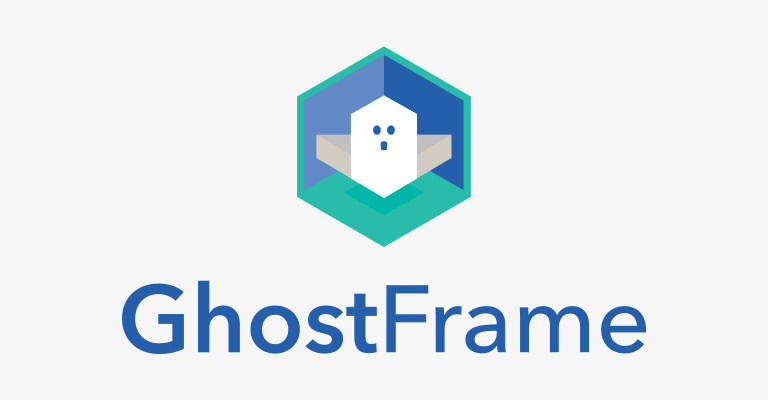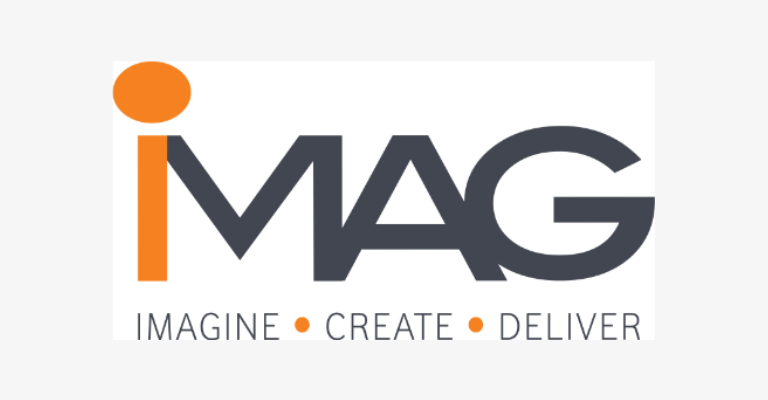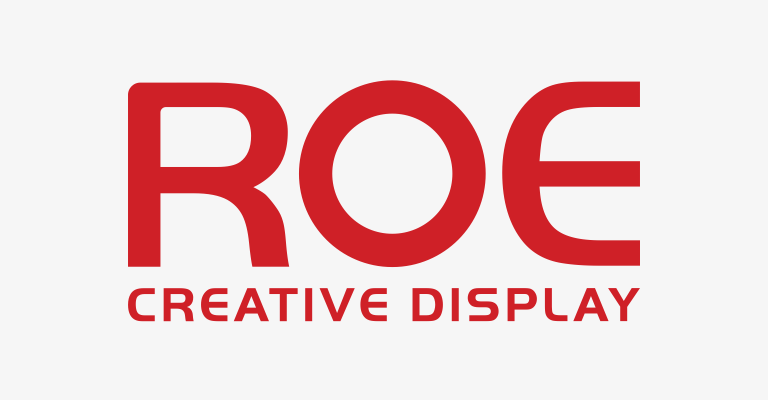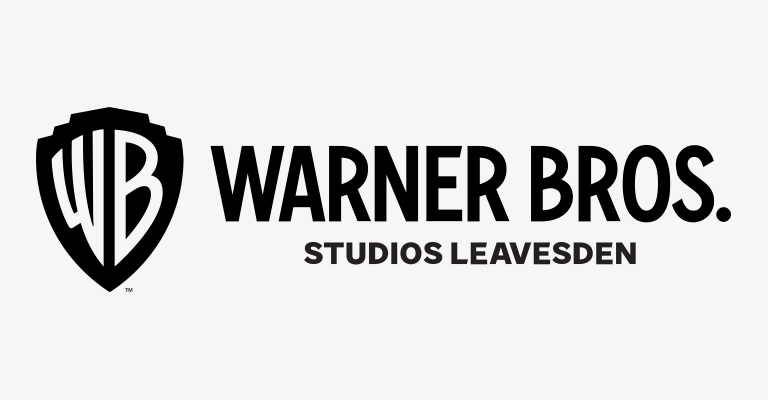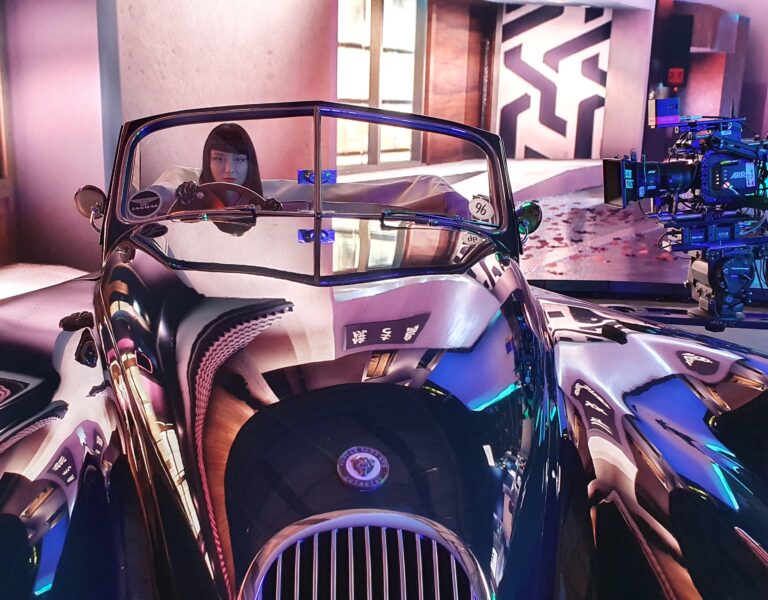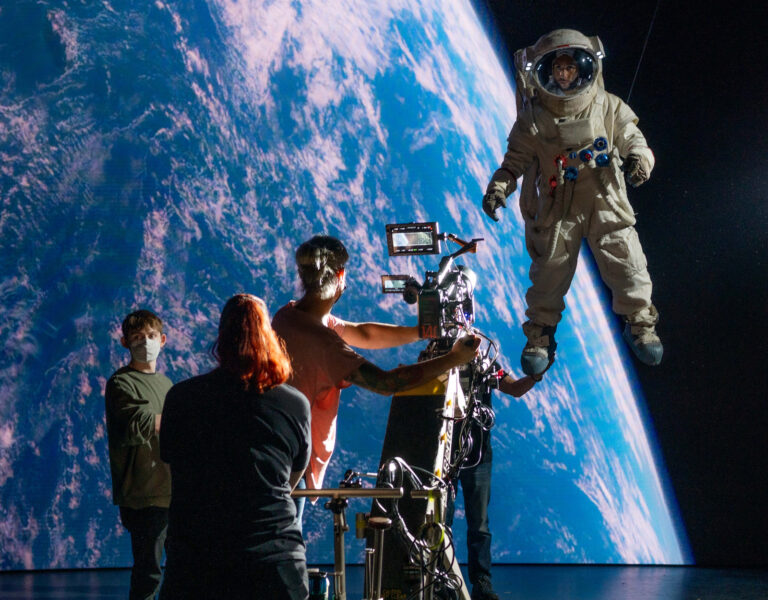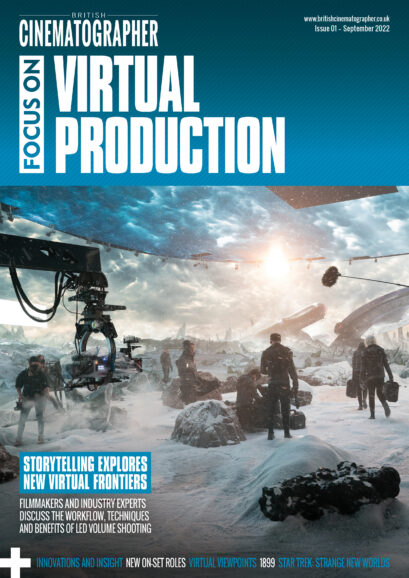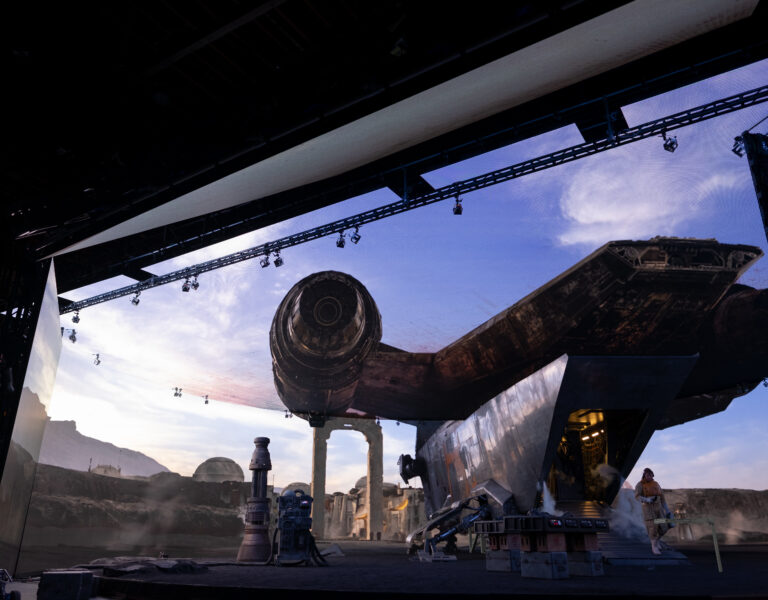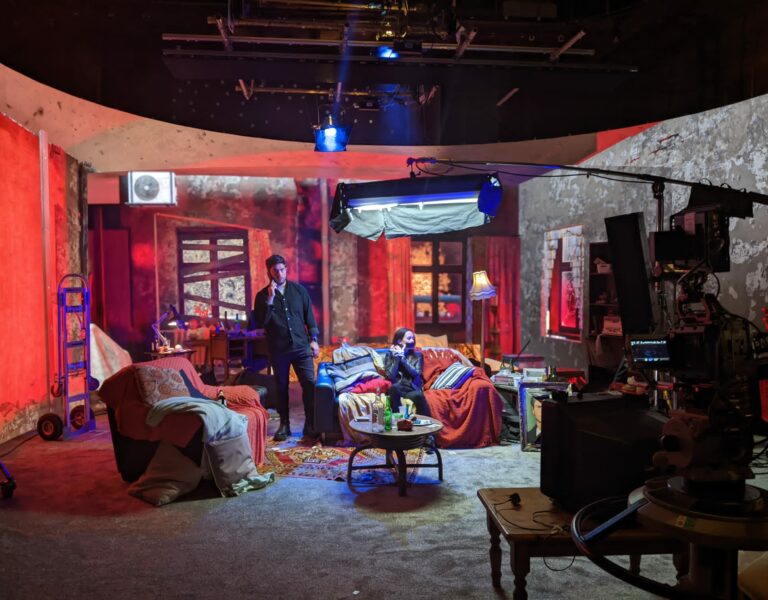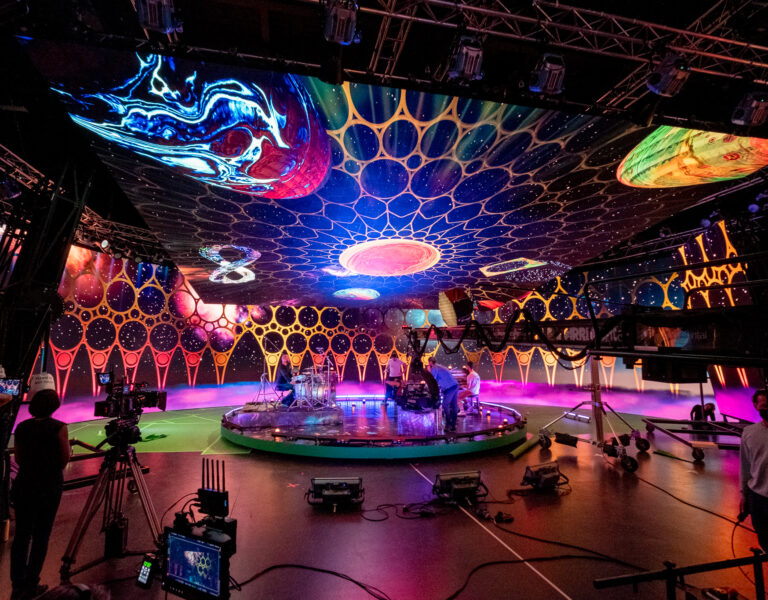JURASSIC SPARK
Beasts of old and technology of new converge in fine style in Dinosaurs: The Final Day with David Attenborough‘s DP James Medcraft explains.
Creatures that no longer exist, in a landscape that is no more, featuring talent who (for health reasons) no longer travels – there could be no better scenario to apply virtual production.
Dinosaurs: The Final Day with David Attenborough is a feature-length documentary detailing the last days of the dinosaurs and the latest in the line of blue-chip programmes made by the BBC’s prestigious Natural History Unit.
Director Matthew Thompson and producers led by EP Helen Thomas turned to a DP with extensive experience working with virtual studios shooting commercials, promos and R&D projects.
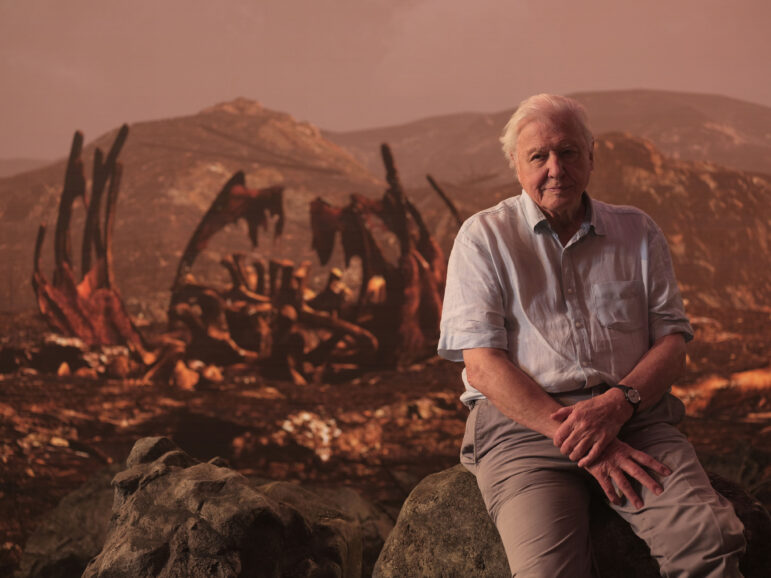
“The cinematographer has to be involved in virtual production from the very early stages for the project to be successful, including playing a central role in physical design, prop design and the screen layout of the LED stage,” says James Medcraft. “Quite a lot of my job
is working out how to disguise the bridge between real and unreal objects.”
The producers used London’s MARS Volume and its 27x5m curved screen, dressing the foreground with trees and plants, sand, and rocks to blend seamlessly with the backdrop. A single camera with a tracking device was then linked to the screen images created by Lola VFX in Unreal.
Medcraft spent a week with VFX creating the content and another week with the prop department to help define the size of the rock plinths against the unreal background.
“We devised a series of kits with different prop elements which could be rolled on and rolled off the stage. We went through all the different stages of content with all physical prop designs and then blocked out each shot to make sure the physical set and lighting would work together. My gaffer Léopold Naessens matched the content lighting with practical illuminations of the physical props, so it all works in one seamless image. We did all of this in testing prior to Sir David coming to set so we were ready to roll when he did.”

Pre-production evolved over several months with various iterations of set and design tested for content and camera. This included building a rock at the exact height for the 96-year-old presenter to sit on if required and discrete steps for him to walk up.
“You can go handheld or make any style of shot you desire but we had quite a defined storyboard and pre-programmed all the set-ups. Sir David was able to work four hours a day and he’s on autocue, so we needed to factor in quite a large camera package and keep the shots smooth on a dolly.”
Medcraft selected a camera package to mimic the feel of being shot on location. This included choosing an Angénieux zoom rather than a set of primes (which natural history filmmakers don’t tend to travel with) and building foliage and rocks to obscure the camera view as if they were physically on location.
“I could have made it more cinematic, but we needed to blend pieces in the edit, so I shot Super 35 on Sony VENICE using a mid-range zoom to give us more of a broadcast feel,” says Medcraft. “I added some diffusion using a pro-mist on the front of the lens together with practical effects of fine mist. You need to build back the limitations you would have experienced on a real location. These are old school techniques that help blend the two worlds together.
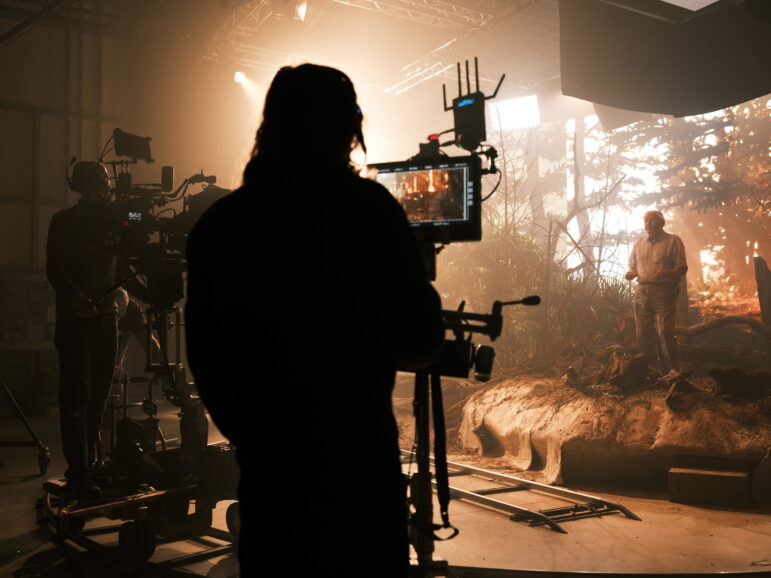
“We used wind to blow the plants and had lots of practical fire lamps in the foliage for an effect of the ground burning. When Sir David reacts to an animal near his feet, we had a feather on a piece of string to disturb the sand. It’s really a mix of broadcast with traditional filming effects and theatre techniques.
“Everything is possible in virtual production as long as you prep for it. You need to build flexibility into the design of the shoot.”
–
Words by Adrian Pennington



